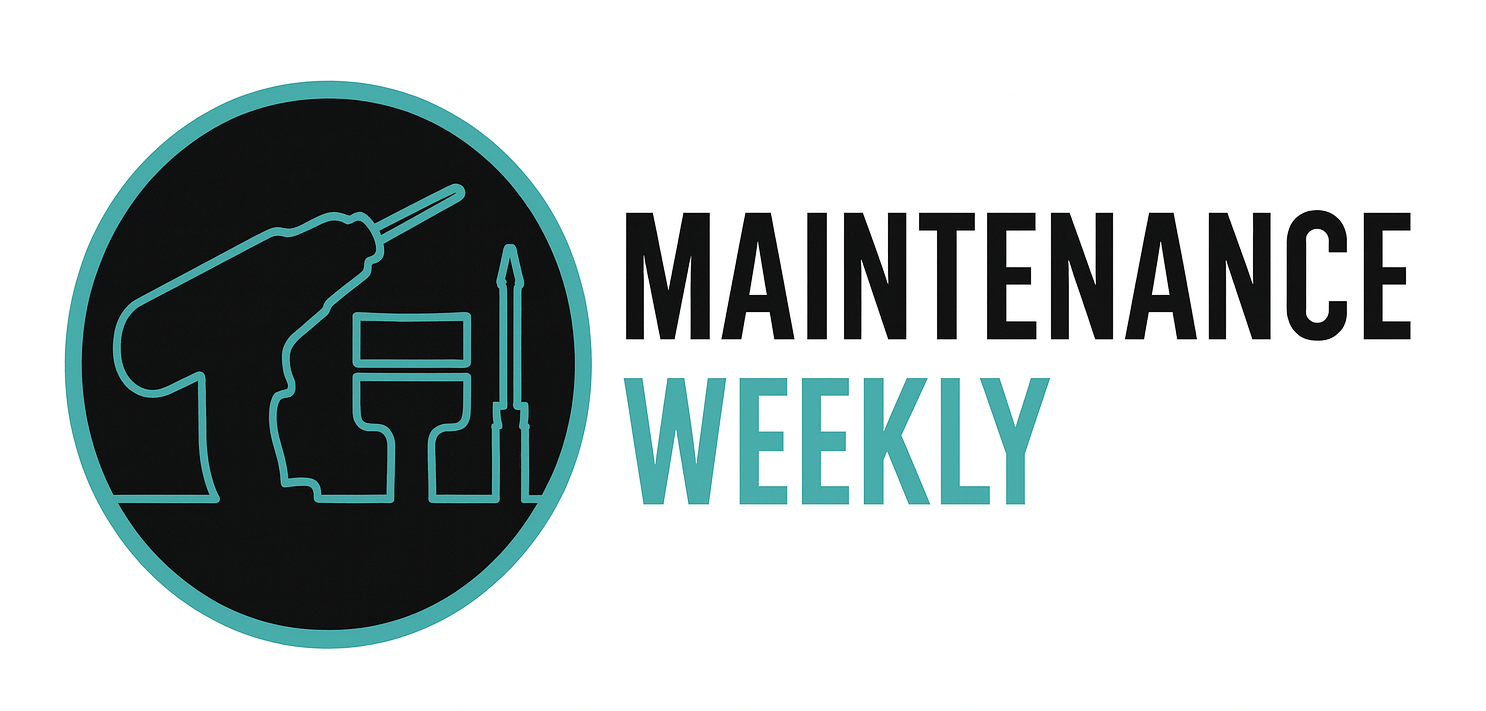Maintenance Electrician (Manufacturing) Career Overview
Maintenance electricians in manufacturing keep production lines reliable, safe, and efficient. They install, inspect, troubleshoot, and repair electrical power and control systems that drive motors, conveyors, robotics, packaging, and process equipment. The role blends hands-on repair with diagnostics, documentation, and collaboration with production, maintenance, and safety teams.
What Maintenance Electricians Do
-
Diagnose and repair plant electrical issues on motors, drives, conveyors, ovens, mixers, pumps, and packaging lines
-
Troubleshoot PLCs, I/O, sensors, relays, contactors, motor starters, and safety circuits
-
Configure and tune VFDs, soft starters, and HMI parameters within approved standards
-
Perform preventive and predictive tasks: inspections, megger tests, thermal scans, tightening, cleaning, lubrication support, and parts replacement
-
Read and update electrical prints and schematics; document work orders in a CMMS
-
Assist with equipment installs, line changeovers, and commissioning support
-
Coordinate with mechanics, instrumentation techs, and controls engineers to solve downtime issues quickly
Where They Work
-
Food and beverage, pharmaceuticals, consumer goods, automotive, aerospace, metals, plastics, paper, and logistics facilities
-
High-volume plants with automated lines, robotics, and advanced controls
-
Day, evening, or overnight shifts; rotating on-call for critical operations
Must-Have Skills
-
Strong AC/DC fundamentals, three-phase power, control circuits, and grounding/bonding
-
PLC and controls literacy: ladder logic basics, I/O maps, fault codes, and safe panel practices
-
Drives and motion: VFDs, encoders, photoeyes, proximity sensors, servos
-
Instrumentation basics: temperature, pressure, flow, and level devices
-
Systematic troubleshooting, root-cause analysis, and clear documentation
-
Communication and teamwork under time pressure
Training and Certifications
-
Apprenticeship or technical diploma in industrial electricity or mechatronics
-
State or local electrician license where required
-
OSHA 10/30 General Industry awareness
-
NFPA 70E electrical safety and arc-flash practices
-
Lockout/Tagout (LOTO) training for hazardous energy control
-
Manufacturer courses for PLCs, drives, and HMIs (e.g., Allen-Bradley, Siemens)
Tools and Technology
-
Multimeters, clamp meters, insulation resistance testers, and oscilloscopes
-
Thermal imaging cameras and vibration/ultrasound tools for predictive work
-
Panel building and wiring tools, crimpers, terminations, labeling systems
-
Laptops/tablets for PLC/HMI interfaces, manuals, and CMMS work orders
Safety and Compliance Essentials
-
NFPA 70E arc-flash boundaries, PPE selection, and energized work permits
-
LOTO procedures, stored-energy release, and verification testing
-
NEC knowledge for industrial installations and repairs
-
Housekeeping in panels and cable trays to prevent faults and overheating
Career Path
-
Maintenance Electrician → Senior/Lead Electrician → Controls Technician or Reliability Technician → Maintenance Supervisor or Controls/Automation Engineer track
-
Specialize in robotics, motion control, instrumentation, high-voltage distribution, or reliability (PdM)
Breaking In
-
Build core electrical skills through a trade program or apprenticeship
-
Add PLC/drive fundamentals and one major vendor platform
-
Keep a log of solved faults, MTTR improvements, and successful PMs to showcase impact
-
Earn safety credentials early and stay current with standards and plant procedures
Key Takeaway
Maintenance electricians are critical to uptime and product quality in modern factories. Those who pair strong electrical fundamentals with PLC/drive literacy, disciplined safety, and clear documentation grow quickly into high-impact roles across manufacturing.
Source: ChatGPT
